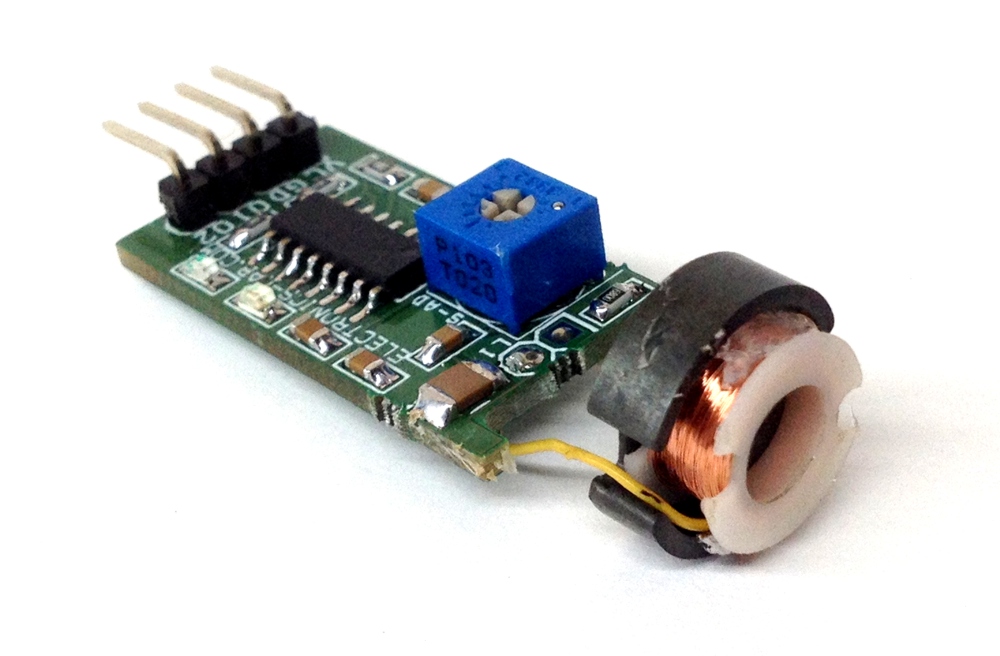
The circuit published here is an Inductive Proximity Sensor, which is used for non-contact detection of metallic objects. The circuit can be used for the detection of metal objects or as positioning sensor. The TCA505 is used to design inductive proximity switche which can detect metal object from 5-10mm range. The resonant circuit of the LC oscillator is implemented with an open half-pot ferrite and a capacitor in parallel (pin LC). If a metallic target is moved closer to the open side of the half-pot ferrite, energy is drawn from the resonant circuit and the amplitude of the oscillation is reduced accordingly. This change in amplitude is transmitted to a threshold switch by means of a demodulator and triggers the outputs. I have tested the circuit with 12V DC however the circuit can also work with higher supply voltage, up to 42V with few components values changes, refer to datasheet for more info. Normally D2 LED is on, when the coil detects the metal object D2-LED goes off and D1 LED turns on, so normally Out-2 provides low output and Out-1 provides High output when metal object detected. Q3 Output goes high and Q1 goes Low, both outputa are open collector. PR1 Trimmer potentiometer helps to adjust the sensor sensitivity distance. Output of each transistor can directly drive small relay as each output has capacity of handling 50mA of current.
Inductive Proximity Sensor using TCA505 – [Link]





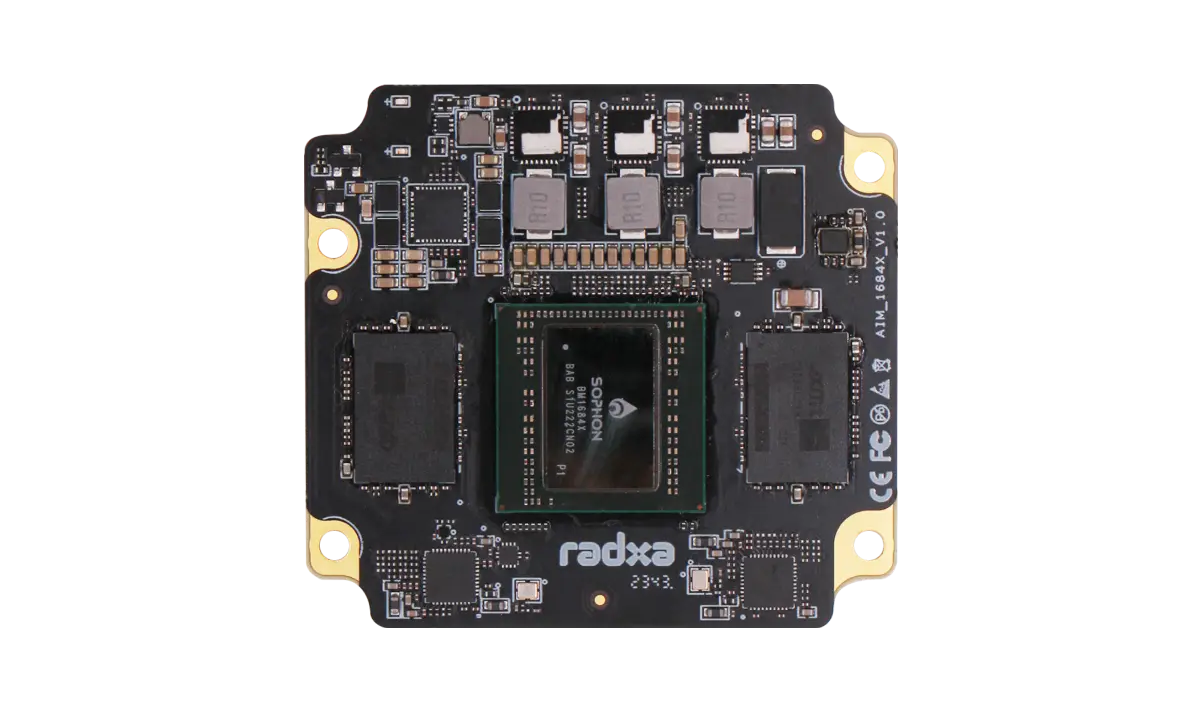

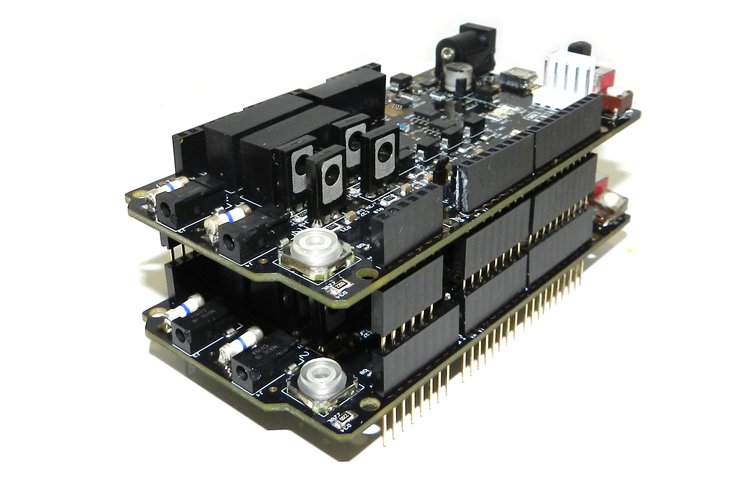
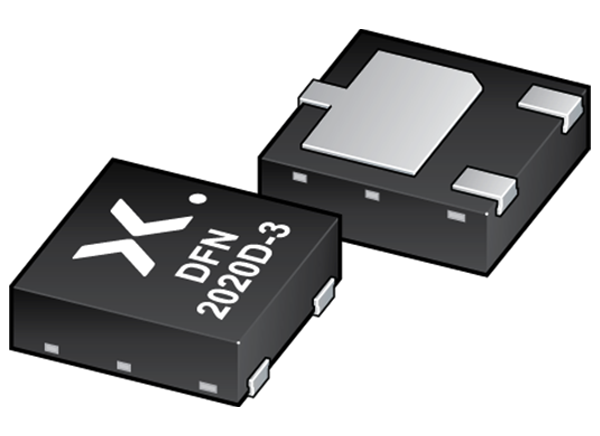
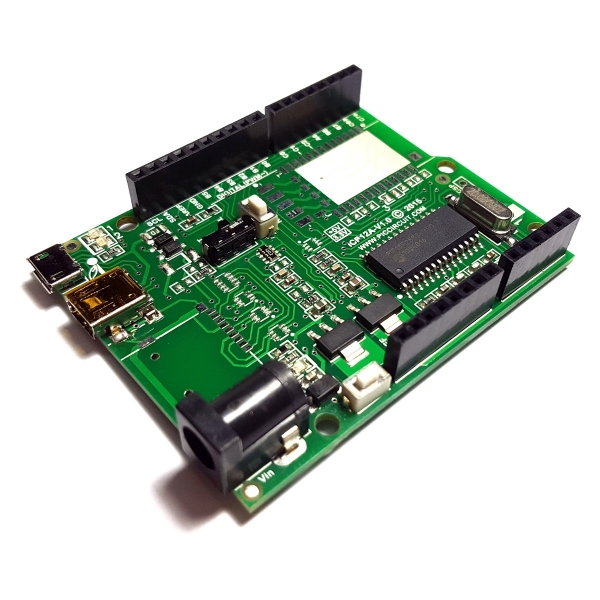







That chip TCA505 has been obsolete for some time. What is the replacement?
May you give me the design of this circuit?
You can get all the details of this project here: https://www.electronics-lab.com/project/inductive-proximity-sensor-using-tca505/